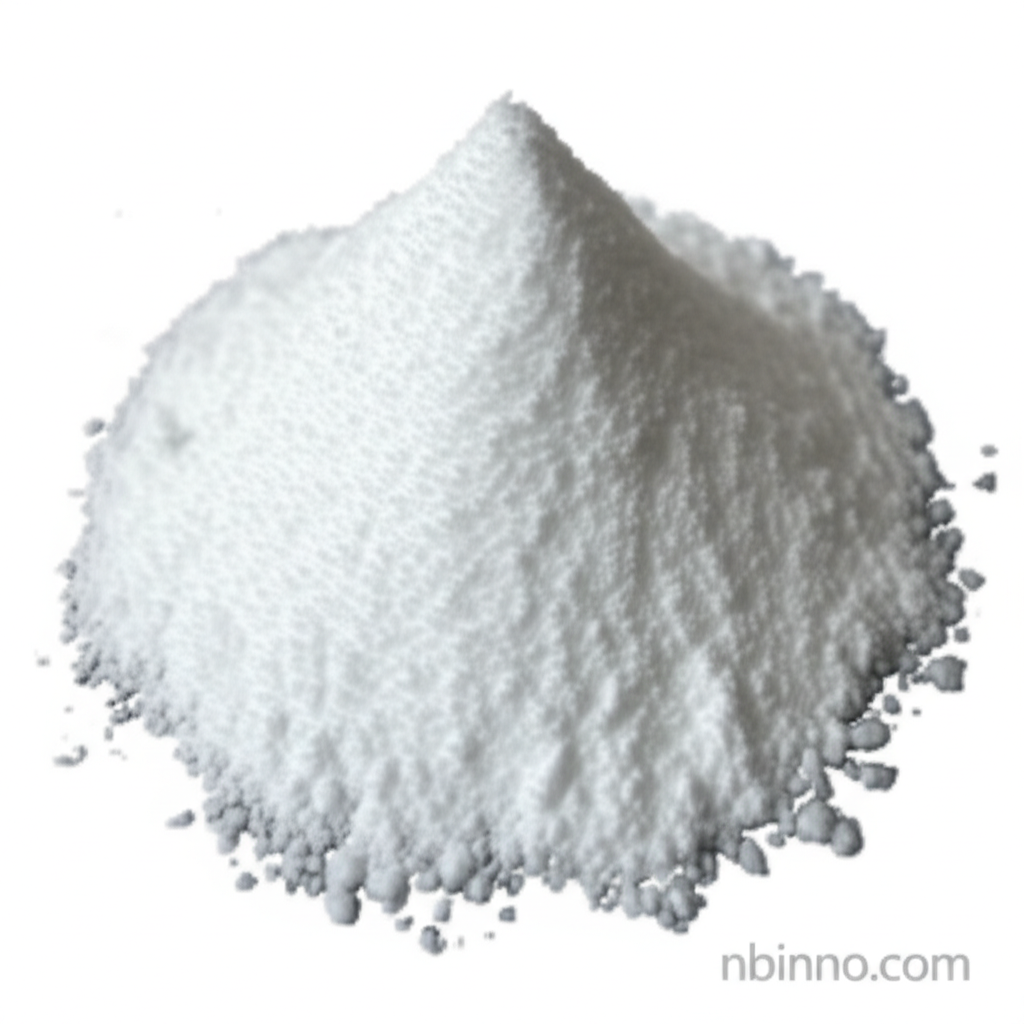Di-Tert-Butyl Dicarbonate: Your Key to Advanced Organic Synthesis
Unlock the power of selective amine protection with Boc Anhydride, a cornerstone in modern chemical research.
Get a Quote & SampleProduct Core Value

Di-Tert-Butyl Dicarbonate
Di-Tert-Butyl Dicarbonate, commonly known as Boc Anhydride, is an indispensable reagent in organic synthesis. Its primary function is to introduce the tert-butoxycarbonyl (Boc) protecting group onto amine functionalities. This protective measure is critical for preventing unwanted reactions of the amine during multi-step synthesis, thereby enhancing the purity and yield of target molecules. Its efficacy in peptide synthesis and its role as a crucial chemical intermediate for pharmaceuticals underscore its significance in the chemical industry.
- Facilitate precise amine protection, which is a critical step in the synthesis of amino acids and complex organic structures, ensuring successful organic synthesis.
- Serve as a versatile protecting group for amines, offering stability under various reaction conditions and enabling selective chemical modifications essential for pharmaceutical API synthesis.
- Contribute to efficient peptide synthesis by selectively protecting amino groups, a process vital for developing new peptide-based therapeutics.
- Offer a reliable method for Boc anhydride synthesis, a process that underpins the availability of this essential reagent for researchers and chemists worldwide.
Advantages of Using Di-Tert-Butyl Dicarbonate
Selective Amine Protection
The Boc anhydride in peptide synthesis ensures that only the desired amine groups are protected, allowing for sequential addition of amino acids and building complex peptide chains with high fidelity.
Ease of Removal
The Boc group can be readily cleaved under mild acidic conditions, a significant advantage when dealing with sensitive molecules. This ease of removal simplifies downstream processing in pharmaceutical development.
Broad Reactivity and Stability
As a key organic synthesis reagent, it exhibits good stability and reactivity with a wide range of amines, making it a dependable choice for diverse chemical transformations and protecting group chemistry.
Key Applications
Amine Protection
A primary function in preventing unwanted reactions of amines during multi-step organic synthesis, crucial for creating complex molecules.
Peptide Synthesis
Essential for the sequential addition of amino acids, enabling the efficient and pure construction of peptides and proteins used in biochemical reagents for research.
Pharmaceutical Intermediates
A critical building block in the pharmaceutical API synthesis, contributing to the development of new drugs and therapies.
General Organic Transformations
Its role extends to various other organic reactions, acting as a reliable reagent in advanced chemical procedures and fine chemical manufacturing.
